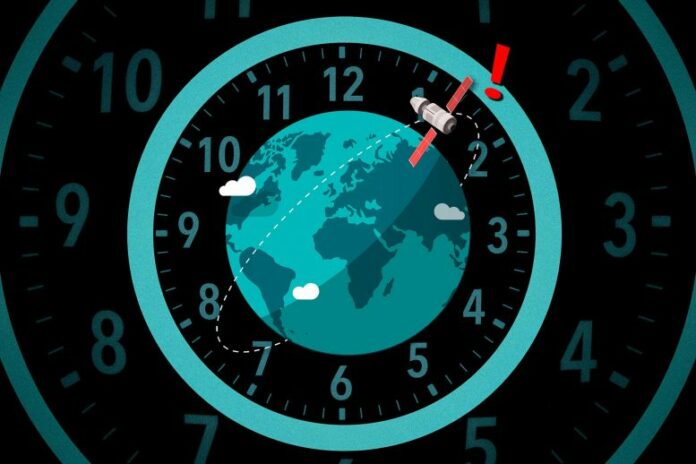A Time series is basically a record of an estimation taken more than once over the long run. It can monitor a framework’s drawn-out patterns and momentary blips.
Yet, investigating those time series arrangement, and hailing odd information focuses on them, can be interesting. Information can be boisterous. In the event that a satellite administrator sees a line of high-temperature readings, how would they realize whether it’s a harmless variance or a sign that the satellite is going to overheat?
That is an issue Veeramachaneni, who drives the Information to computer-based intelligence bunch in MIT’s Research facility for Data and Choice Frameworks, desires to settle. The gathering has built up another, a profound learning-based technique for hailing irregularities in time series arrangement information.
Their methodology, called TadGAN, beat contending techniques and could assist administrators with recognizing and react to significant changes in the scope of high-esteem frameworks, from a satellite flying through space to a computer server farm humming in a cellar.
For a framework as unpredictable as a satellite, time-series examination should be robotized. The satellite organization SES, which is working together with Veeramachaneni, gets a surge of time arrangement from its interchanges satellites. Human administrators in SES’s control room can just monitor a small amount of those time series as they squint past on the screen.
On the off chance that the profound learning calculation neglects to identify an irregularity, the group could pass up on a chance to fix things. In any case, in the event that it rings the caution each time there’s a boisterous information point, human analysts will burn through their time continually investigating the calculation that told a shameful lie.
Instead of the find workable harmonies exclusively for satellite frameworks, the group attempted to make a more broad system for inconsistent location. They went to profound learning frameworks called generative adversarial networks (GANs), frequently utilized for picture investigation.
A GAN comprises a couple of neural organizations. One organization, the “generator,” makes counterfeit pictures, while the subsequent organization, the “discriminator,” measure pictures and attempts to decide if they’re genuine pictures or fake ones delivered by the generator.
The group received this GAN approach for time series information. Yet, the group found that GANs alone wasn’t adequate for anomaly detection in time series, since they can miss the mark in pinpointing the continuous arrangement section against which the fake ones ought to be analyzed.
To prepare for bogus positives, the group enhanced their GAN with a calculation called an autoencoder — another procedure for unguided deep learning. By consolidating a GAN with an autoencoder, the analysts made an irregularity identification framework that found some kind of harmony: TadGAN is careful, however, it doesn’t raise such a large number of bogus alerts.
Furthermore, TadGAN beat the opposition. The traditional way to deal with time series forecasting called ARIMA, setting ARIMA in opposition to TadGAN and seven different strategies, including some renowned by organizations like Amazon and Microsoft. TadGAN outflanked ARIMA in anomaly detection.
Veeramachaneni trusts TadGAN will one day serve a wide assortment of businesses, not simply satellite organizations. For instance, it very well may be utilized to screen the exhibition of PC applications that have gotten vital to the cutting edge economy.

